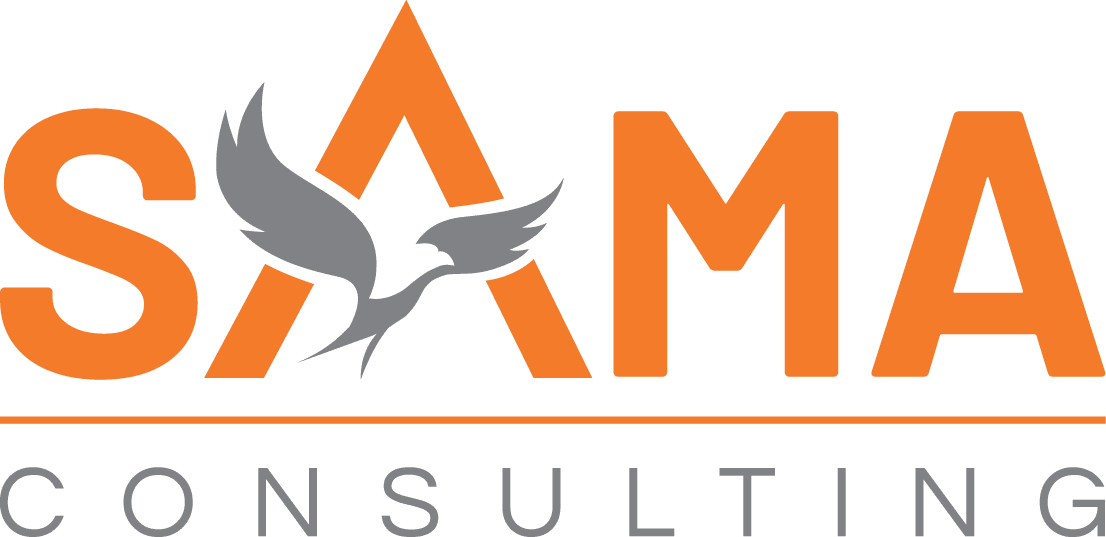
Mastering Constraint-Based Production Scheduling: Unlocking Efficiency with Infor Production Scheduling in Modern Manufacturing
Modern process and batch manufacturing operate at the intersection of chemistry, biology, and logistics. A pharmaceutical plant may run dozens of fermentation batches concurrently, each with specific maturation curves, temperature and nutrient windows, cleaning-in-place (CIP) schedules, and regulatory release requirements. A snack-food line may need rapid flavor switching with minimal product loss and tightly constrained shelf‑life. In these environments, scheduling is not a spreadsheet exercise — it is a constrained optimization problem with high-cost consequences.
Infor Production Scheduling (IPS) brings constraint-aware optimization to the plant floor. By modeling vessels, tanks, lines, product flows, recipes, and operational rules, IPS reduces changeover time, improves on-time delivery, and boosts throughput. Infor’s materials and product literature emphasize real-world gains: ~5% improvement in on-time delivery, 30% reduction in changeover lost time, 20%+ cycle time reduction, 10% cost reduction, and 10–40% capacity/throughput increases (Infor Production Scheduling brochure). IPS’s blend of optimization engines, interactive Gantt planning, and enterprise integration makes it an ideal backbone for complex industries such as food & beverage, chemicals, pharmaceuticals, biotechnology, and consumer goods.
This article offers a deep technical walkthrough of IPS as a constraint-based scheduler, outlining architectures, algorithms, integrations, and proven outcomes. Readers will gain a practical understanding of how to map their process constraints into IPS, validate schedules, and operationalize continuous improvements with analytics and managed services.
The Evolving Challenges of Batch and Process Manufacturing Scheduling
Batch/process manufacturing differs from discrete manufacturing in fundamentally important ways. The following technical pain points recur across process industries and make scheduling uniquely complex:
- Time-dependent process windows. Fermentation, polymerization, and enzymatic reactions have maturation curves and temperature/time windows that cannot be compressed or arbitrarily overlapped.
- Variable flow rates and non-linear resource consumption. Flow velocity, filter throughput, and mixing times vary with product characteristics and can change mid-batch.
- Co-products, by-products, yield variability, and remnant handling. Recipes produce multiple outputs and waste streams with downstream storage and disposal constraints.
- Floating bottlenecks. The critical resource shifts depending on product mix — sometimes a tank, sometimes a filtration skid, sometimes a dryer.
- Regulatory and quality constraints. Traceability, quarantined lots, and stability windows (shelf life) add hard constraints that a scheduler must enforce.
- Complex changeover and CIP rules. Some sequence transitions require long flushes, specific disinfectants, or additional verification steps.
The business impact of poor scheduling is quantifiable. Industry research consistently shows scheduling inefficiencies are a primary barrier to on-time delivery — Gartner analysis highlights scheduling and MES gaps as frequent pain points, while many case studies report multi-million-dollar annual impacts for larger facilities. In this landscape, rule-of-thumb scheduling and manual adjustments are no longer sufficient.
Why conventional approaches fail. Many ERP native schedulers treat operations as discrete, stateless tasks with fixed durations and resource allocations. These approximations collapse when processes are continuous, when tasks have overlapping durations, or when resources are shared across product lines. The answer is constraint-based scheduling: model the plant as a set of explicit resources, time-dependent constraints, and objective functions, and then search the solution space for feasible, near-optimal schedules.
For organizations embarking on this journey, specialist services are often required. Sama Consulting helps firms map process constraints, migrate historical production data, and embed best-practice configurations for Infor Production Scheduling to rapidly generate value. Explore Sama’s services and migration capabilities at our website for tailored implementation support (Sama Consulting).
Core Architecture: Constraint-Based Optimization in Infor Production Scheduling
Modeling: resources, operations, and constraints
At the core of IPS is a relational production model: resources (tanks, vessels, lines, skids), operations (mix, heat, ferment, filter, package), and constraints (capacity limits, sequencing rules, exclusion constraints, CIP windows, shelf-life). Each recipe is modeled as a graph of operations with durations, resource preferences, yield factors, and product-state transitions (e.g., liquid -> filtered -> packed).
Key data structures include:
- Resource Objects. Attributes: capacity, compatible products, utility constraints (e.g., power/steam availability windows), maintenance timetables.
- Operation Templates. Attributes: nominal duration, variable duration function (depends on flow, viscosity), setup/cleanup profiles, by-products.
- Availability Calendars. Time periods where resources can/cannot be used (shifts, maintenance, holidays).
- Changeover Matrices. Pairwise transition costs and durations between product families.
This rich model allows IPS to express constraints that are common in process industries but impossible in simplistic scheduling engines: overlapping processes with offsets, product-dependent filtration, floating bottlenecks, variable flow rates, and complex CIP rules.
Solving: algorithmic approaches
IPS combines exact and heuristic methods to produce feasible, high-quality schedules quickly:
- Constraint Propagation & Filtering. A constraint solver prunes infeasible regions by applying domain reduction — for example, propagating that a tank’s next available slot must be after its CIP completion.
- Mathematical Optimization (MILP) for allocation. Where linearizable, scheduling sub-problems are encoded as Mixed-Integer Linear Programs to optimally assign batches to resources subject to capacity and timing constraints.
- Custom Heuristics and Metaheuristics. For large combinatorial problems, guided heuristics (priority rules, greedy insertions) or metaheuristics (tabu search, genetic algorithms) provide scalable near-optimal solutions.
- Incremental Re-optimization. Instead of recomputing schedules from scratch on small changes, IPS supports delta replanning: it locks committed operations and re-optimizes the remaining horizon to minimize disruption.
This hybrid architecture balances optimality with responsiveness — exact methods ensure high-quality baselines, while heuristics enable rapid re-planning in volatile environments.
Pseudocode: simplified tank scheduling
Below is a concise pseudocode that illustrates the decision logic for scheduling a set of fermentation orders into multiple tanks, capturing key constraints (maturation time, CIP, temperature windows, changeover compatibility).
Inputs:
Orders = {o1..on} with {volume, recipe, earliest_start, due_date}
Tanks = {t1..tm} with {capacity, compatible_recipes[], maintenance_windows}
ChangeoverTime(recipeA, recipeB)
CIPTime(recipe)
Output: Schedule = {assignments of order->tank with start/end times}
Sort Orders by priority (due_date, revenue_weight)
For each order in Orders:
candidate_tanks = {t in Tanks | t.capacity >= order.volume and recipe compatible}
For each t in candidate_tanks:
earliest_possible = max(order.earliest_start, t.available_after)
if t.last_recipe != order.recipe:
earliest_possible += ChangeoverTime(t.last_recipe, order.recipe)
if earliest_possible + order.maturation_time + CIPTime(order.recipe) > order.due_date:
mark t infeasible
else compute cost = weighted(sum of (idle_time, changeover_cost, tardiness))
select tank t* with minimal cost
assign order to t* and update t*.available_after
Return Schedule
This simplified routine highlights how IPS evaluates compatibility, changeovers, and CIP, then selects assignments minimizing combined operational cost.
Interactive Planning Board and Visualization
IPS exposes the optimizer through a web-based graphical planning board — an interactive Gantt that provides:
- Drag-and-drop rescheduling with on-the-fly constraint checks.
- Floating bottleneck highlighting where resource criticality is computed and colored.
- Flow visualizations showing inflow/outflow dynamics for tanks and pipelines.
- Personalized views and filtered searches for planners, operations, maintenance, and quality.
Crucially, any planner-initiated change triggers incremental validation: the system immediately flags constraint violations (e.g., shelf-life breach) and suggests alternative allocations or trade-offs.
Key Features for Efficient, Synchronized Operations
Infor’s product documentation and brochures position IPS around several capability clusters. Below we examine the most operationally impactful features and how they map to industry needs.
Variable Flow and Tank Management
Technical challenge. Process steps like filtration, distillation, or transfer are rate-dependent; the time to complete an operation is a function of flow rate, temperature, and product properties.
IPS solution. The scheduler uses variable-duration functions for operations: durations become functions of ordered volume and product-specific coefficients. This enables the scheduler to:
- Compute partial utilizations (e.g., a tank can host two successive pours if volumes and CIP allow overlap).
- Schedule staged transfers that free downstream equipment in time to avoid blocking upstream processes.
Visualization analogy. Think of the plant as a plumbing network where each tank is a node with inflow/outflow rates. IPS animates these flows in the Gantt: thickening bars represent higher throughput, thin bars indicate low-rate filtration phases.
Industry impact. For beverages and chemicals, variable-flow-aware scheduling prevents under- or over-estimating operation durations, reducing idle time and improving overall flow efficiency.
